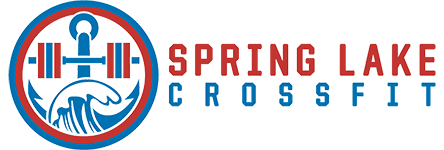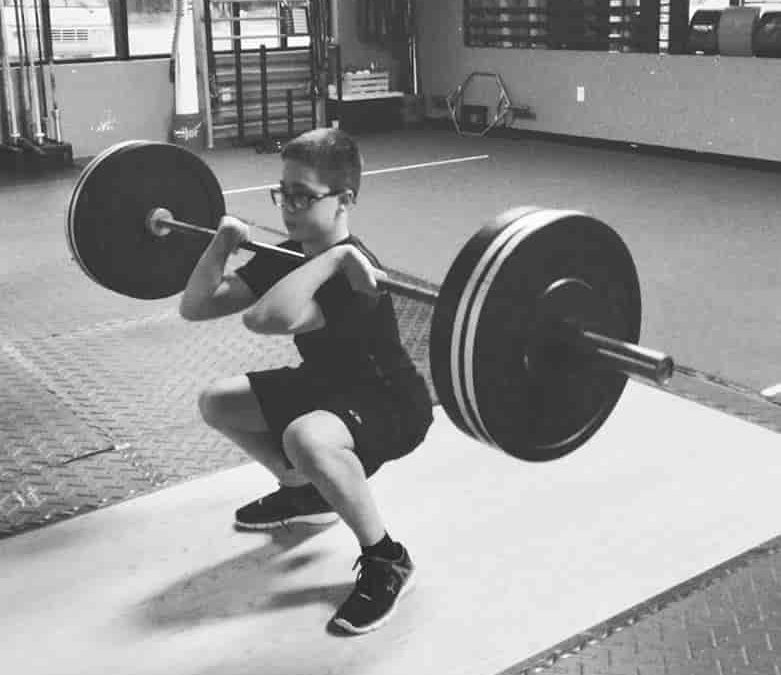WHAT EXACTLY IS EXTERNAL ROTATION???
EXTERNAL ROTATION OF THE SHOULDER IN CROSSFIT
To externally rotate one’s shoulders one, must squeeze one’s scapula (shoulder blade) back. Let’s say, for example, you’re doing push-ups…your hands should be directly under your shoulders with your fingers pointed forward or slightly out and you should actively screw your hands into the ground as you press the ground away. Your right arm should rotate clockwise while your left arm should rotate counter clockwise. The same is true for any pressing or swinging movement with a bar, dumbbell, or kettlebell. This external rotation will help keep your elbows in tight and scapula pinched together.
EXTERNAL ROTATION OF THE HIPS IN CROSSFIT
Every time you squat you should be driving through your heels and actively pulling your knees out and trying to screw your feet into the ground (right leg – clockwise, left leg – counter clockwise). This will help keep your shins vertical – helping to transfer more of your driving force through your heels and enabling you to use the big movers – the posterior chain. The stability comes from the particular way in which the tendons of your knee and hip overlap. As you descend into a squat with proper form your ACL and PCL will support each other similar to the way a wrapper on a piece of hard candy tightens.
WHY EXTERNAL ROTATION IS CRUCIAL FOR CROSSFIT
So, why is this external rotation so important for CrossFit? The short answer is safety, stability, and last, but certainly not least, efficiency. Focusing on externally rotating the shoulder and hip joints will greatly improve your training. The stability created in your shoulders will keep your back safe. The muscles that pull your scapula back toward your spine lock your thoracic spine (upper back) in a safe neutral position. The way the muscles of our glutes overlap actually makes us stronger when we externally rotate (drive our knees out) and help us keep our neutral lumbar curve as we descend into a full squat. Your shoulders, hips, arms, and legs gain stability and range of motion along with the ability to lift more weight. Yup, more weight!

